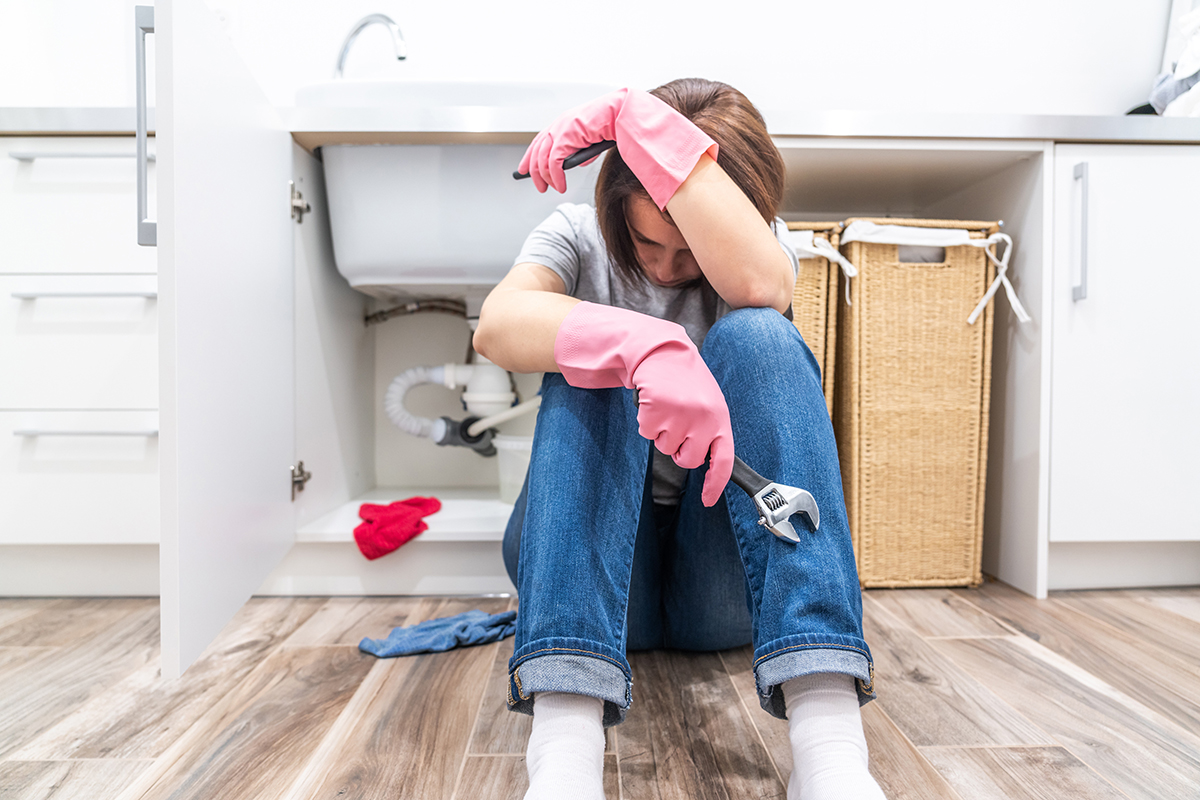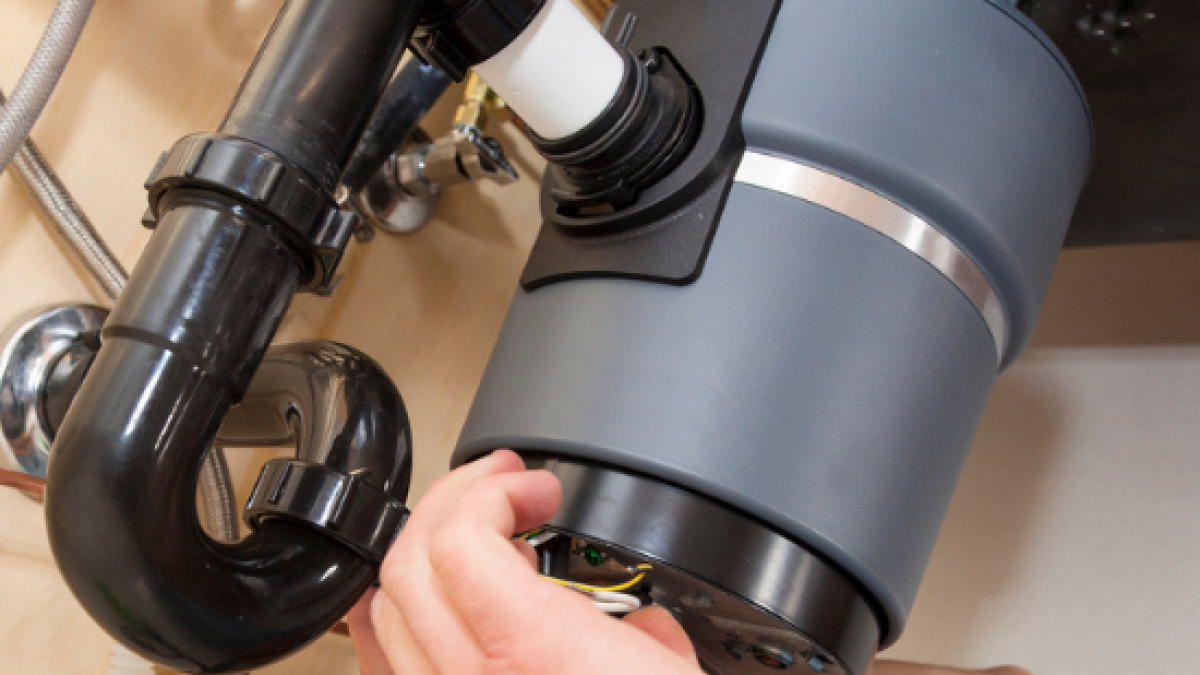My Guide to Resolving a Leak in Your Garbage Disposal
My Guide to Resolving a Leak in Your Garbage Disposal
Blog Article
Have you been searching for critical info on Garbage Disposal Leaking From Bottom?

Garbage disposals are crucial kitchen area home appliances that assist in taking care of food waste effectively. Nonetheless, a dripping garbage disposal can be a discouraging and messy problem to handle. Luckily, numerous leakages can be taken care of quickly with a few easy steps. In this post, we will certainly go over just how to fix a dripping garbage disposal properly.
Intro
Waste disposal unit are mounted under kitchen area sinks and are made to shred food waste right into smaller sized items, allowing it to go through the pipes system easily. While these gadgets are normally trustworthy, leaks can take place over time as a result of wear and tear, loosened connections, or damage to the unit.
Step-by-Step Guide to Repairing a Dripping Waste Disposal Unit
Turn Off the Power
Before trying any repairs, ensure that the power to the waste disposal unit system is shut off to avoid the threat of electrical shock.
Locate the Leak
Determine the specific location of the leakage and figure out the reason
Tighten Connections
Make use of a wrench to tighten up any loosened links in between the disposal unit and the plumbing system.
Replace Seals or Gaskets
If the leakage results from worn seals or gaskets, remove the old parts and replace them with brand-new ones.
Patching Fractures or Holes
For fractures or openings in the disposal unit, use epoxy or an ideal patching material to secure the damaged location.
Recognizing the Source of the Leakage
Prior to attempting to take care of a dripping garbage disposal, it is essential to determine the source of the leak. This can usually be done with visual inspection or by conducting straightforward tests.
Visual Evaluation
Inspect the waste disposal unit unit very carefully for any kind of indications of water leak. Pay attention to areas around seals, gaskets, and connection points.
Checking for Leakages
One way to check for leakages is by running water through the disposal device and looking for any type of visible indicators of leakage.
Typical Root Causes Of Leakages in Trash Disposals
Worn Seals and Gaskets
Seals and gaskets play a crucial duty in avoiding water from leaking out of the garbage disposal. In time, these elements can degrade, resulting in leakages around the disposal device.
Loose Links
The links in between the waste disposal unit and the plumbing system can end up being loosened gradually, triggering water to leak out throughout operation.
Splits or Holes in the Disposal Device
Physical damage to the waste disposal unit, such as cracks or openings in the housing, can additionally result in leaks.
Devices and Materials Needed for Taking Care Of a Dripping Garbage Disposal
Prior to starting the repair process, collect the necessary devices and products, including a screwdriver, flexible wrench, plumbing's putty, substitute seals or gaskets, and epoxy or patching product for fixing splits or openings.
Checking the Garbage Disposal After Repair Work
When the repair work is complete, test the garbage disposal by running water through it to make certain that the leak has been dealt with.
Preventive Maintenance Tips to Avoid Future Leakages
To prevent future leakages, it is vital to do normal maintenance on your garbage disposal. This consists of maintaining it tidy, preventing putting non-food things or tough objects down the disposal, and regularly looking for leakages or other concerns.
Final thought
Finally, fixing a leaking garbage disposal is a relatively uncomplicated procedure that can be completed with basic tools and materials. By complying with the actions described in this post and practicing precautionary upkeep, you can maintain your waste disposal unit in good working problem and prevent expensive repair services in the future.
HERE’S HOW TO FIX YOUR GARBAGE DISPOSAL
WHAT TO DO IF SOMETHING IS STUCK IN YOUR GARBAGE DISPOSAL
If the impeller won’t turn, there’s probably something stuck in the disposal. It could be a steak bone or peach pit, although plumbers report pulling all sorts of inappropriate objects out of disposals, such as bottle caps or aluminum foil. Make sure power to the disposal is off, and look inside to see if you can see the source of the jam.
Never stick your fingers in a disposal. Pull out anything you see with tongs or pliers.
If the disposal still won’t work, it may be time to call a plumber or consider buying a new disposal. GEM Plumbing & Heating is here for all of your garbage disposal needs.
WHAT TO DO IF YOUR GARBAGE DISPOSAL DRAIN IS CLOGGED
Take everything out from underneath your sink and put a bucket or other container under your disposal to catch any water that drains out. Disconnect your disposal from the power supply. If it’s plugged into a wall outlet, unplug it. If it’s hardwired into an electrical box, go to the electrical panel and turn off the breaker for the disposal. Pour ¼ cup of baking soda into the drain, followed by ½ cup of white vinegar. Give the solution a few minutes to fizz and do its work. Look into the disposal with a flashlight to see if you can see an object that might be causing the clog. If you see it, remove it using tongs or pliers. MORE TIPS ON DEALING WITH A CLOGGED GARBAGE DISPOSAL
Never use drain cleaner in a garbage disposal. It can damage the plastic parts inside the disposal. You can also be splashed with the caustic liquid while working to clear the clog. Beware! Never stick your fingers into a garbage disposal. Trust us — not a good idea. In many instances, your dishwasher drains through your garbage disposal. This allows the disposal to grind any large food particles that may be drained out of your dishwasher. There are some jurisdictions, however, where the plumbing code prohibits such a connection. WHAT TO DO WHEN YOUR DISHWASHER DRAINS THROUGH THE DISPOSAL
Run some water in the sink so your plunger has at least a ½-inch of water to create a seal and plunge vigorously up and down several times. You may need to repeat this several times. Run hot water down the drain to clear any residue that remains.

As a keen reader about Why Is , I imagined sharing that portion was important. Sharing is good. Helping people is fun. Thanks for your time invested reading it.
Call Today Report this page